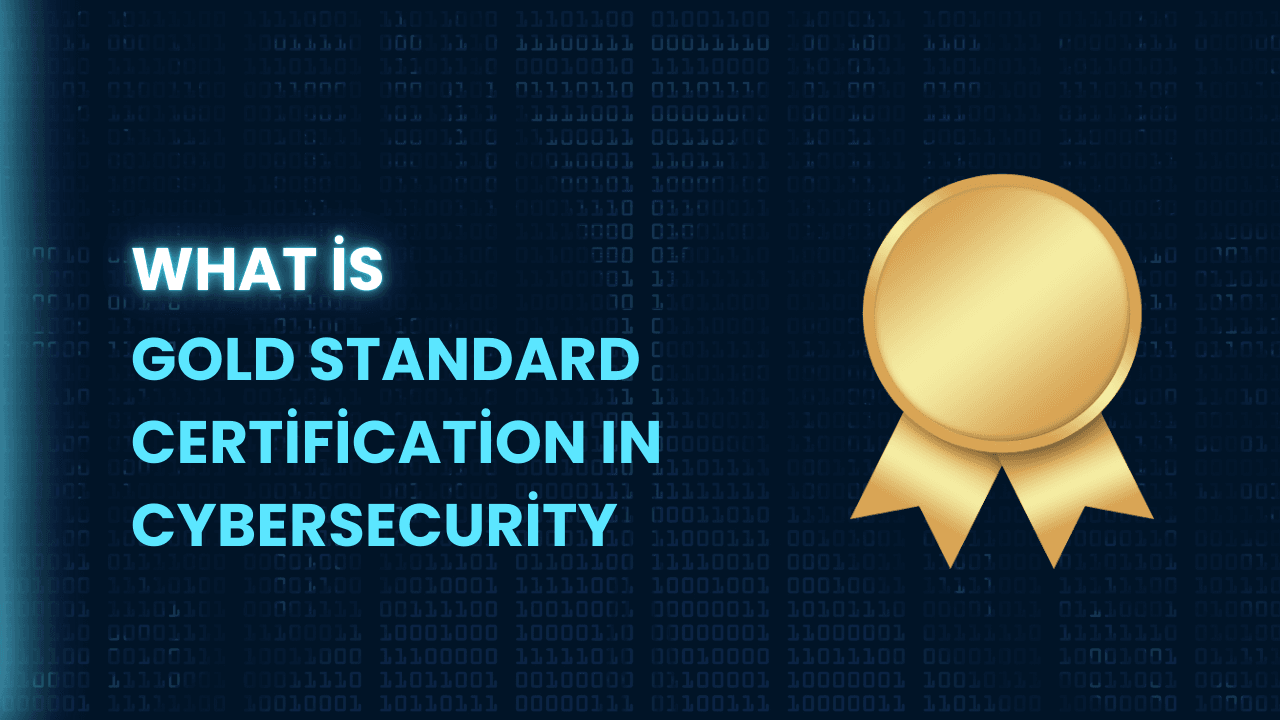
A security vulnerability in Microsoft Active Directory (AD) could undermine the security of your identity management system and lead to devastating quantities of data leakage, system corruption, and even destruction.
This is the reason Active Directory Security is vital for modern business.
Find out the details of AD Security, how it functions, and the security dangers you could be exposed to if you do not have the proper protection.
Active Directory Security
Active Directory (AD) security is a term used to describe security methods and procedures used to safeguard a business system’s Microsoft Active Directory infrastructure. Microsoft developed Active Directory to manage and organize data regarding computers, users, and other resources in the network.
AD security plays a major part in authorization, authentication, and the overall security of Windows-based environments.
Security Active Directory is vital to ensure the prevention of data breaches and unauthorized access to data, as well as to warrant system uptime and much more.
Essential components that are part of Active Directory security include:
- Authentication: Ensure only authorized devices and users can access your network and its resources. This means strong passwords, multiple-factor authentication (MFA), and other authentication methods.
- Group Policies Implement and implement group policies to regulate and set up computer and user settings. Group Policies benefit from enforcing security settings, like password policies, account lockout policies, and many other security configurations.
- Monitor and Auditing: Enabling auditing capabilities to monitor and record processes inside Active Directory. Active Directory environment. This includes recording events in connection with authorization, changes to permissions, and other security-related events.
- Secure Patching and Updates Frequently implement security patches and updates on Active Directory servers and associated systems to fix security issues and warrant a safe operating environment.
- Network Segmentation and Firewalls: Security firewalls, network segments, and other devices manage traffic flow between various network components and limit the attack area.
- Regular Security Audits: Perform security assessments and audits to find security weaknesses, issues, or possible security threats inside Active Directory. Active Directory infrastructure.
- Backup and Recovery Establish solid backup and recovery procedures to ensure the integrity and availability of Active Directory data in case of data disappearance, corruption, or security incidents.
Active Directory is a widely utilized directory service crucial to handling and organizing network resources within the Windows environment, such as computer accounts, user accounts, and software.
Why is Active Directory Security Important?
Active Directory security is crucial to the overall security of the network.
Security since this security breach could result in an unauthorized access point, data breaches, and other security events. Regular monitoring, updates, and compliance with security-perfect methods are vital to maintaining the security of your Active Directory environment.
Active Directory Security for IT Environments
The necessity to implement Active Directory (AD) security is contingent upon a variety of elements.
Here are a few considerations that could benefit you in deciding if you should be focusing on Active Directory security:
- Dimension and complexity of the organization The size and complexity of organizations are greater. In larger companies with complicated IT infrastructures, the requirement for secure Active Directory security is often more important. The more devices, users, and applications that are connected to the Internet, the more risky the security risks.
- Security of Your Data The security of your data is essential. If your business handles sensitive information, the security of the Active Directory becomes paramount. Unauthorized access to AD can result in breaches in data security and integrity.
The choice to invest in Active Directory security depends on your business’s particular context and risk assessment.
Conduct a cyber-risk assessment and consider the elements discussed above to determine the proper degree of security measures to protect the security of your Active Directory environment.
How Do I Implement Active Directory Security?
Incorporating Active Directory (AD) security is vital to safeguard your company’s network and resources. These are excellent ways to implement it:
- Assess your security measures for physical security. Check that login to Active Directory servers that host Active Directory is restricted to authorized users only. Based on your information, physical security methods can be implemented, including access to card keys, biometric authentication, and surveillance.
- Secure Administration Access. Limit access to administrative accounts to only those who need access to it. Use strong, unique passwords for all AD administrator accounts. Use the Multi-Factor Authentication (MFA) on admin accounts to provide an additional security layer.
- Group Policy Security. Utilize Group Policies to ensure security settings for all the computers in the domain. Deleting unnecessary features and services that could be exploited to gain unauthorized access.
- Be careful when delegating permissions. Always follow the guidelines of the least privilege when assigning permissions. Assign administrative tasks to particular users or groups only when needed.
- Network Security and Firewall. Set up firewalls to regulate traffic flow between domain controllers. Utilize network security-perfect methods to safeguard communications between domain controllers and clients.
Review and regularly modify security policies. Security policies to take care of the latest threats.
Can I Outsource Active Directory Security Management?
It is not uncommon for businesses to engage Third-party suppliers (or managed security service providers (MSSPs)) to assist in managing Active Directory (AD) security.
Here are a few common ways that an MSSP can help you with Active Directory security:
- Auditing and Security Third-party vendors can perform security assessments and reviews of the Active Directory infrastructure to find weaknesses, configuration issues, and areas that need improvement.
- The implementation of top Practices: They can benefit from implementing perfect methods for protecting Active Directory, including proper user and group management, password policies, and access control.
- Monitoring and Incident Response Third-party vendors may offer continuous monitoring services to detect and address real-time security incidents. This may include surveillance for unusual activity, such as unauthorized access and possible security violations.
Choosing a reputable and seasoned company is essential if you’re considering hiring a third-party to manage Active Directory security.
Ensure they have solid experience in the field, understand your business’s unique requirements, and abide by any regulations applicable to your particular industry.






